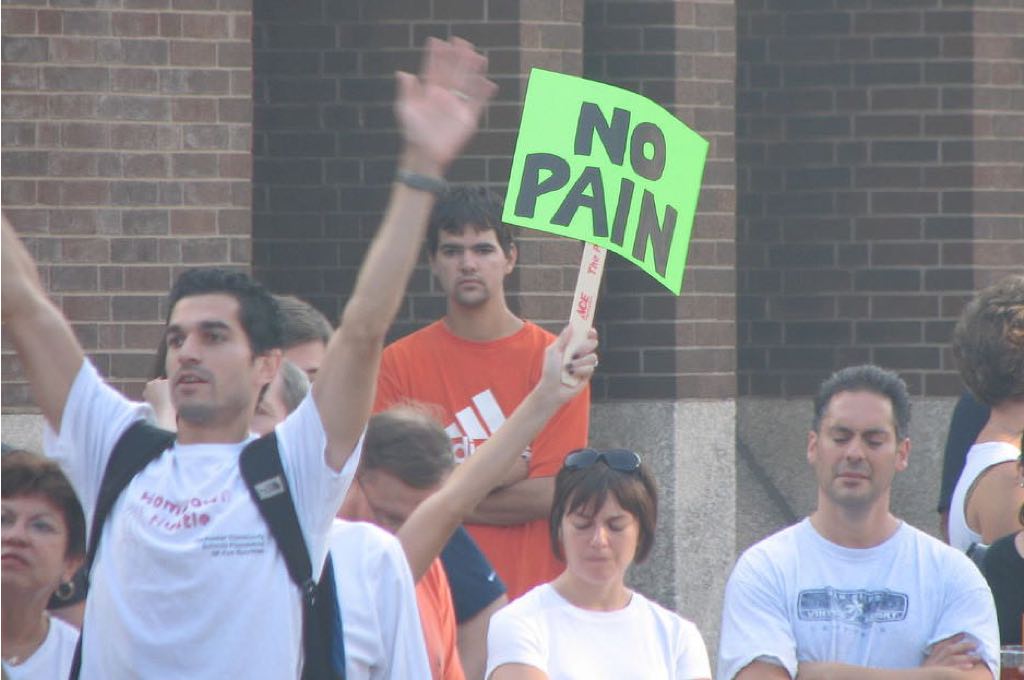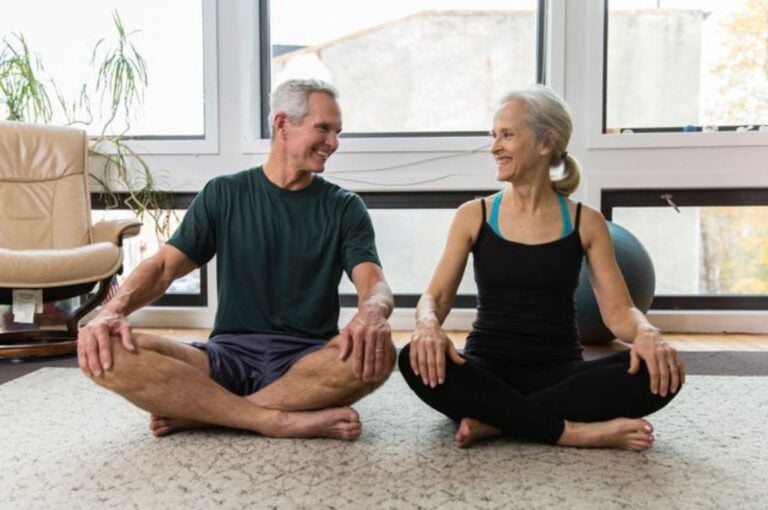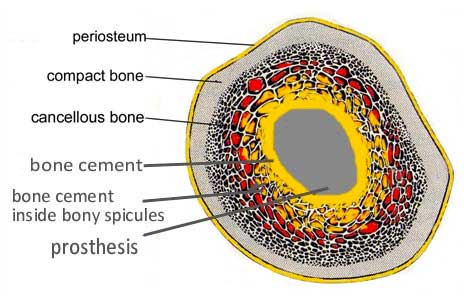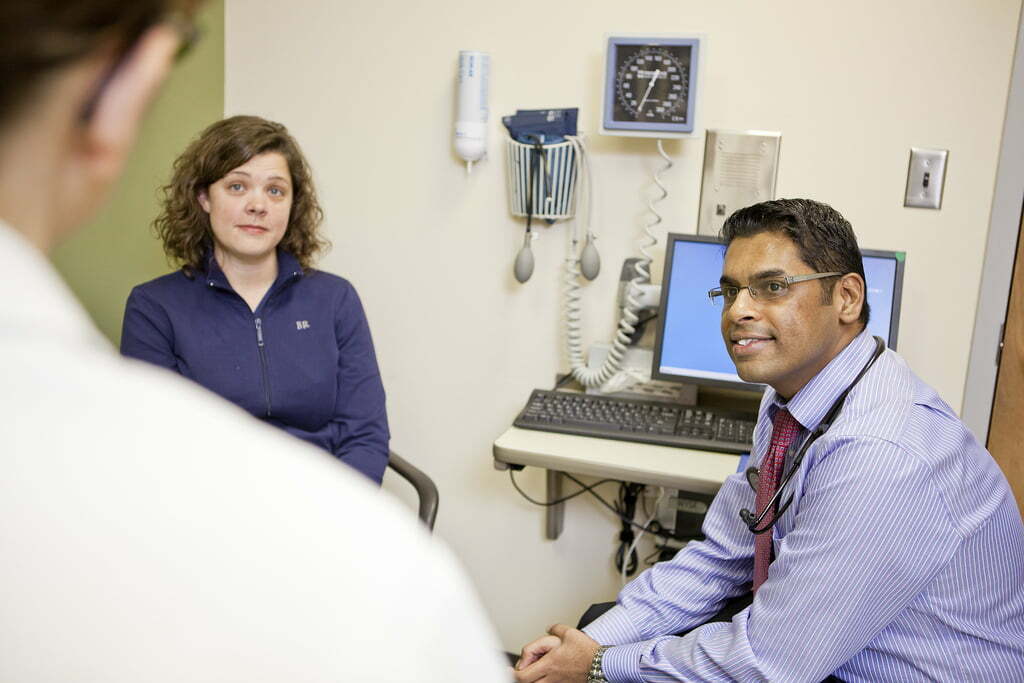For hip replacement patients, post-operative pain is among the top concerns prior to surgery. To be honest, there’s not an awful lot a person with an arthritic hip can do before hip replacement surgery to lessen postoperative pain. When joints are damaged to the extent they need replacement, the damage is irreversible and medications will do little but take the edge off the pain. Below are some of the factors that can influence postoperative pain after hip replacement surgery.
Before Surgery
It is said that losing weight (if you’re considerably heavy) or doing exercise (if you’re a couch potato) will lessen postoperative pain, but that’s not altogether true. Unless an overweight person can lose a considerable amount of weight in a healthy manner before surgery, it’s really not going to make a lot of difference to the outcome. Obese and considerably overweight people can have good outcomes just as much as thin and average weight people!
As for exercise, it is best to try and keep some tone and strength in the muscles, as fit muscles will recover better and more easily than will flabby ones! But don’t ever force your arthritic joints to exercise if you experience pain doing so. The amount of painkillers you will have to take as a result, can impact the effectiveness of pain medications after surgery.
During Surgery
The first principle of surgery is for surgeons to handle tissues gently, carefully and as little as possible. Surgeons who adhere to this credo will minimize postoperative pain and swelling, and lessen the risk of adhesions. This also applies to the gentle use of retractors and other surgical instruments, which might bruise and stretch the tissues. An equally important factor is that the wound be kept open for the shortest amount of time possible. This lessens moisture loss from the tissues, which if allowed to dry out can also increase pain, swelling and the risk of adhesions.
Your surgeon and the entire operating theater team must be very particular in aseptic technique, including the anesthetists and orderlies. Breaches of this discipline can lead to infection, which is a very painful thing.
After Surgery
Once surgery is complete, the primary tools for controlling pain are simple: Rest, Elevate, Ice and take the pain medications as prescribed by your doctor.
Rest – for the first couple of weeks at least, your only job is to rest, making trips as necessary to the bathroom or kitchen. Short walks are all that is required at this point. Do not get anxious about your mobility, it might decrease at this stage because the swelling may get worse
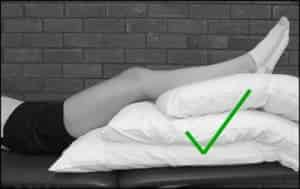
The best thing you can do to manage swelling, as well as pain, is elevation and ice. Elevation requires a straight stack of pillows with nothing bunched up behind the knee. Pressure applied behind the knee can encourage clots and may delay the ability to extend your knee, meaning to put it out straight. As for the height, “toes above nose” is a good maxim whilst making sure you don’t violate any bending restrictions you have been given.
Use ice as long as you want to…hours at a time is fine, provided that when the ice pack is fresh, you protect your skin from the fierceness of fresh ice with a pillowcase or similar cloth. Skin can get freezer burn!
Pain medications are essential at this stage. Take what you have been prescribed and take it religiously, especially before the pain starts up again. After 2-3 weeks, you can start adjusting doses or timing, but at the start, stick with what works. There is no rush to be off the pain medications your doctor prescribed, so don’t be frightened by tales of people becoming addicts because of a few weeks taking prescribed pain relievers. You need them at this stage and should continue using them as prescribed for as long as 6-8 weeks if necessary, although towards the end, you might find yourself requiring less and less.
More about managing pain after total hip replacement surgery >>
Above all, be careful adding to your progression of activity during recovery and don’t expect to bounce back within a matter of days. Exercise can consist of some simple routines and walking. There is little or no need for aggressive physiotherapy after hip replacement. Walking really is the best therapy you can do. The other “best thing” at this point is to remember that you are not the arbiter of how things go, your hip is. Listen to your hip and you will do just fine.
photo credit: Erik Abderhalden
